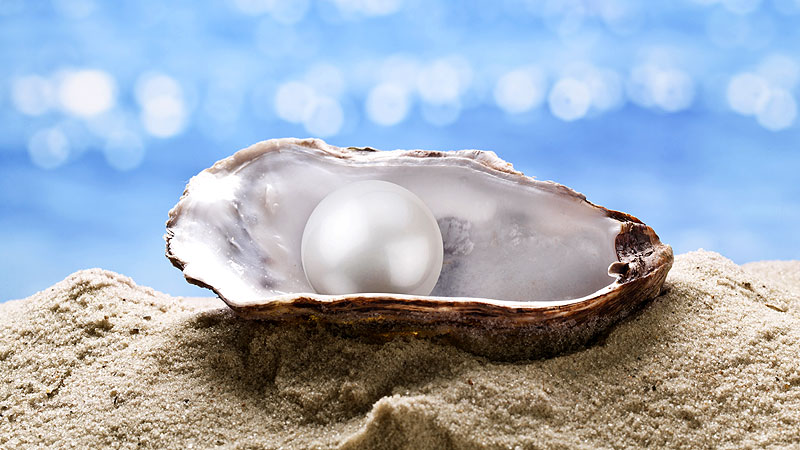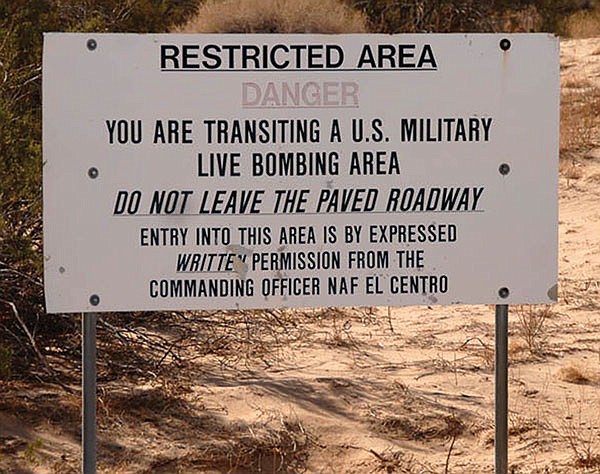
In 1610, King Philip of Spain ordered the construction of three ships to be built in Acapulco. They were to be used for the harvesting of pearls along the Pacific coast of Mexico. These vessels, of a type named caravels, would be smaller and more maneuverable than the 200-ton galleons that had transported the first conquistadors from Cuba to Veracruz. The caravels would have a shallow draft, square sails, and 13 rows of oars on each side, which would allow them to navigate easily in shallow water, regardless of wind direction.
The ships were completed in 1612 and they immediately set sail under the command of captains Alvarez de Cordone, Pedro de Rosales, and Juan de Iturbe. Between them they had 40 experienced pearl divers who were slaves brought over from the Portuguese colony of Sierra Leone in West Africa.
It was no accident that the ships were heading north. Nearly 80 years earlier, Hernán Cortés had sailed up to the tip of Baja and found that Bahia de La Paz was loaded with oysters that produced perfectly shaped pearls. At the time, pearls were in great demand and were even more valuable than gold. But the Spanish were unable to establish a permanent settlement in La Paz because of the large numbers of hostile natives and a lack of fresh food and water.

So, the ships led by Captain Cordone passed La Paz but traded for pearls at other coastal villages along the coast of Baja. However, at one village things went awry. When Cordone promised to trade a basket of clothing for a basket of pearls, the native chief was surprised to find his basket filled with worm-eaten cloth. The chief had expected clothing like that worn by the officers. The angered chief shot Cordone in the chest with an arrow. While he wasn’t killed, the captain was forced to return to Acapulco for medical treatment. He ordered his two fellow captains to sail their ships further up the Sea of Cortez.
At present-day Mulege, the men hit the jackpot. A big storm had washed thousands of oysters up onto the beach and men quickly filled their baskets. But upon their departure, Captain Rosales’s caravel struck a reef and began to take on water. Captain Iturbe brought his ship alongside the sinking vessel and moved its cargo and crew into his own.
Now Iturbe had a decision to make: return to Acapulco early or continue north and load up with even more pearls? He chose the latter. For a week he sailed farther north until his ship entered a large estuary. Gradually the route narrowed and then opened up into what he described as a great “inland sea.” This would have been the ancient Lake Cahuilla, today’s much smaller Salton Sea. The captain sailed along the eastern edge of the inland sea and continued up the Colorado River nearly 100 miles to the site of modern day Blythe (where Interstate 10 crosses the Colorado).

It was here that Iturbe decided to turn around. He sailed back down the river and across the great inland sea. But in the weeks since their arrival the water level had fallen tremendously. A miles-long continuous ring of sand bars blocked their exit. They were trapped and Iturbe and his men circled around the inland sea for three days until their ship ran aground. The crew gathered as much of their cargo as they could carry and then they abandoned the ship.
Most of them survived the long and miserable walk back to the Spanish settlement of Guaymas, and a few months later they were transported back to Acapulco on a Spanish galleon. However, their ship and the majority of its cargo of pearls were to remain forever stuck on the edge of the great inland sea, covered by sand dunes.
Throughout the years, particularly during the Gold Rush years, numerous sightings were made of the rotting remains of a ship out in the barren Colorado Desert region, but no one has recovered any of the buried cargo.
In June of 2009, the San Diego Reader published a story entitled “Stay Away from Pinto Canyon.” The story was about a trek 2 friends made to a remote canyon in order to photograph petroglyphs — prehistoric rock paintings. The petroglyphs were not what they expected. There were no wooly mammoths or saber-toothed cats. Instead they found a crude collection of stick figures, next to what looked like a large sailing vessel with square sails and oars protruding from it.

The article and the pictures intrigued an exhibit designer from The Maritime Museum who then secured permission from the federal government to view the petroglyphs personally. He concluded that there was no definitive proof, but they could be representing the failed Spanish expedition–and any one of the three doomed ships.
So it’s just as likely that the petroglyph represents Juan de Iturbe’s doomed pearl ship, which ran aground just six miles from Pinto Canyon. Most of the people who’ve seen the remains of Iturbe’s ship were riding in off-road vehicles, and one of them, Imperial Valley resident Ed Barff, provided a precise location. He says the caravel lies three hundred feet southeast of the eastern-most edge of the Superstition Mountains. Much of that area is designated for off-road vehicle use. But the ship’s remains are located in a section reserved as a bombing range under the jurisdiction of Naval Air Facility El Centro.

Does anyone else wonder why the federal government always seems to be in the picture whenever lost treasure is being hunted?
Wow great opening as always.
Sorry I haven’t been around but its so nice outside and well deck was calling.
LikeLiked by 1 person
gotta make hay while the sun shines!
I watched the sardine cake video–what is that orange stuff she uses for a mold in the very beginning? that stuff is awesome!
i don’t know that I’d eat the cake–looks too real and I hate sardines! lol
LikeLiked by 1 person
I think that’s modeling chocolate
LikeLiked by 1 person
this was rubbery…she made a mold of the tin can first with the orange stuff…then used the white molding chocolate to make the “edible” tin…and it just popped out of the orange mold…that looks like very handy stuff to have on hand!
LikeLike